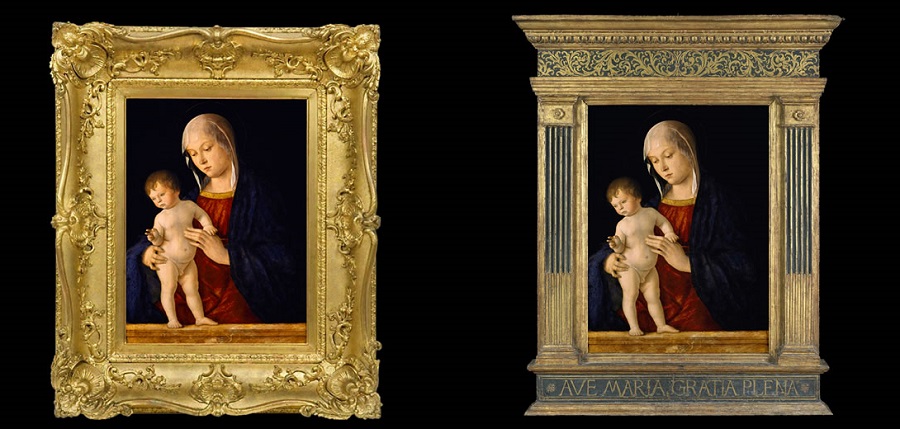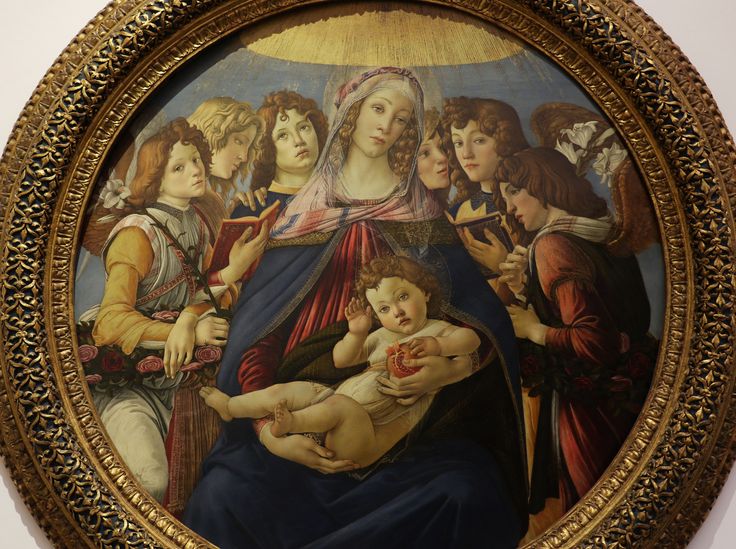Today we see the baguette everywhere - in houses, apartments, art galleries, in offices and churches, framed in paintings and photographs. It has become a familiar and popular decorative element. However, we do not believe that it appeared today, nor in the last century, but in ancient times.
As a separate page from the art world, the history of the decorative wand is of great interest to researchers. After all, the question has not been sufficiently studied and opinions are often quite contradictory.
There are historians who believe that the forerunner of the modern wand was the border, which was used in the design of mosaic panels depicting mythical scenes on the walls of palaces and temples since the third millennium BC. Thanks to this border, the mosaics stood out better on the general background. And although the wand was then inseparable from the image, such a framing of images in ancient temples can be considered the beginning of the history of the decorative wand.

In the Middle Ages, decorative book frames were the prototype of the modern wand. They separated the text from the rest of the content and also, being decorated with ornaments, they fulfilled an aesthetic function.
With the beginning of the 11th century, the Golden Age of the Gothic, religion and the church became more and more important in the life of society. As a result, the interior design, the interior of the temples and the churches themselves are developing. New decorative elements appear, and all the works are framed by skilful wooden sculptures, on which the author of the icons himself worked.

However, many art historians are inclined to believe that the classical wand originated in 13th century Italy. The great masters of the time, the icon painters Giotto and Cimabue, framed their works, adorning them with figures of stucco saints.
Initially, wands were designed to protect the canvas, but in Italy, the center of art and painting, the frames could not be purely functional, they turned into a separate work of art. In the 16th century, a baguette school was born in Italy, and then the craft spread to Spain and France. Examples of classical baguettes have survived to this day in medieval Catholic churches, the French Louvre, and the Spanish Prado.




